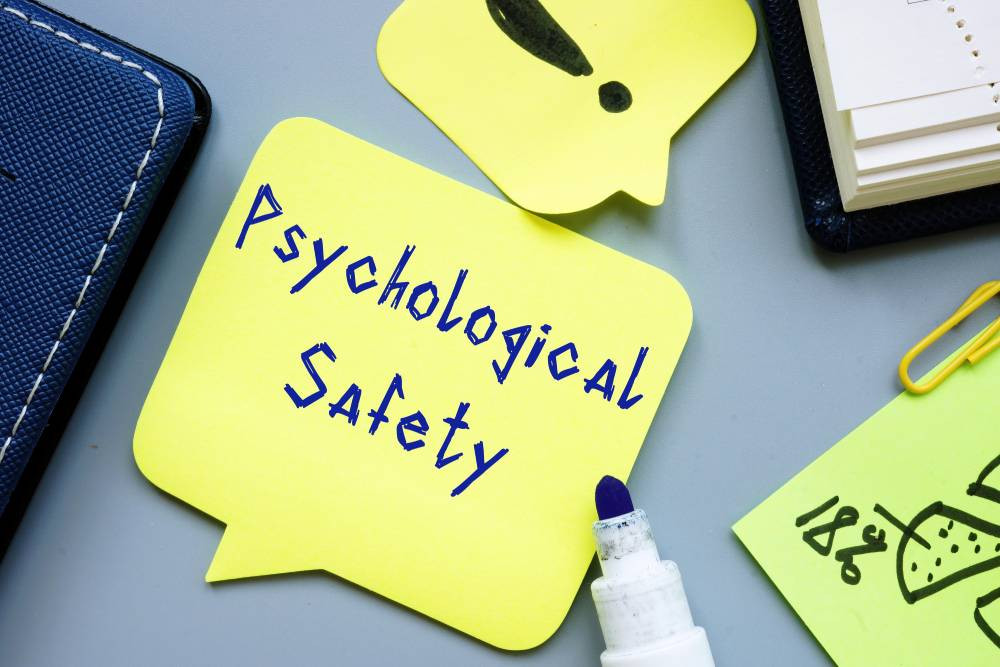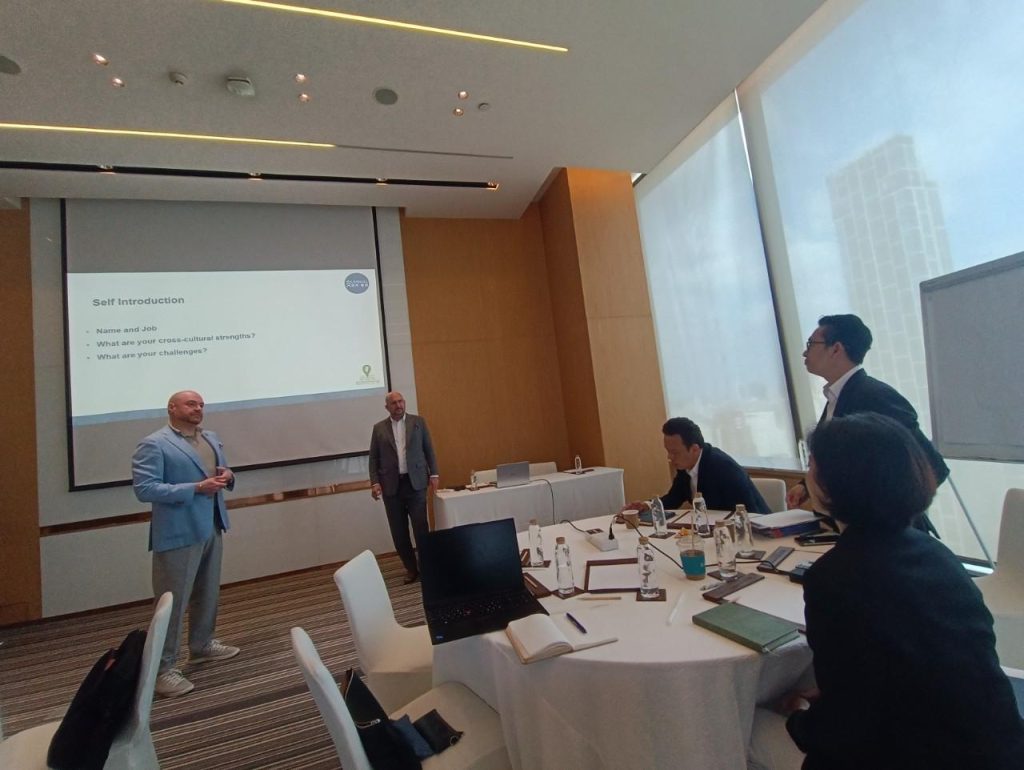40 Hours, Two Countries, and Zero Sleep: Why Resilience Matters More Than Comfort
One week ago, I was in Tianjin delivering a one-day workshop for a long-term client. The day started at 6am and I was on my feet by 7:30, working with a brilliant group of people. By the time I got back to my hotel that evening, I expected nothing more than a shower and some rest before a late-night transfer to Beijing. Instead, the police were waiting. The hotel hadn’t registered me properly the night before — something that’s very important to do in China — and I was asked to go to the police station to write a witness statement. It was surreal. Two hours in a fluorescent-lit office with uniformed officers, instead of the rest I had planned. At 11:55pm a driver was supposed to collect me for the two-hour journey to Beijing Capital Airport. He arrived 90 minutes late, blaming weather that didn’t exist. Half an hour into the trip, he pulled into a service station to charge his car. Twenty minutes became forty, and I was pushing him to leave — I had a flight to Kazakhstan at 5:55am, with a six-hour layover before continuing on to Bishkek, Kyrgyzstan. The adventure didn’t stop there. The two-hour drive from Bishkek to Lake Issyk-Kul became three and a half thanks to Friday traffic and major roadworks. At one point the driver tried to follow a police car through the congestion, got pulled over, fined, and somehow managed to talk his way out of it. Later, he invited me to his house, where I met his entire family preparing for his niece’s wedding. I ate horse meat for the first time, shared a couple of whiskies with him, and then another driver took me the last stretch. Except he took the wrong road. By the time I finally arrived at the lake, I’d been awake for close to 40 hours, had two encounters with the police, two chaotic car rides, and no proper sleep. And yet — that weekend by the water was one of the most restorative breaks I’ve had in a long time. Swimming at 6am in icy water, practicing my Russian with locals, eating too much, getting sunburned, and just… stopping. One of the most memorable moments came on the beach, where I met a man with his eagle. What struck me wasn’t the size or power of the bird, but the connection between them. The amount of trust and love was clear in every movement — the handler spoke softly, the eagle responded with calm precision. After days of police stations, missed turns, and relentless travel, that moment of harmony between man and bird reminded me that resilience isn’t just about enduring. It’s also about noticing beauty, even in the middle of exhaustion. The journey back was no less demanding: six hours by car across the border to Almaty, a late flight, and then landing in Shanghai at 6am. I went straight to a coffee shop to prepare for a four-hour group coaching session. Why am I sharing this? Because life doesn’t always unfold the way you want it to. Plans fall apart. Drivers get lost. Police get involved. Sleep disappears. And still, you keep moving. Resilience isn’t built in comfort — it’s built in moments like these, when you’re tested, tired, and forced to adapt. I don’t share this story to say “look how hard I work” or to glorify exhaustion. I share it because sometimes the only way forward is simply to keep going, one step (or one ride, one flight, one swim) at a time. If you’re facing challenges right now — in your work, your leadership, or your personal life — remember this: you don’t have to have perfect conditions. You just need to keep showing up. That’s where real growth happens. 🎥 Here’s a short video of that weekend at Issyk-Kul: Watch on TikTok Terence H. Clarke works with leaders and teams across Asia and beyond, helping them build resilience, adaptability, and high-performance cultures. Get in touch below: Notice: JavaScript is required for this content.
40 Hours, Two Countries, and Zero Sleep: Why Resilience Matters More Than Comfort Read More »










